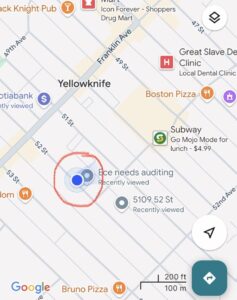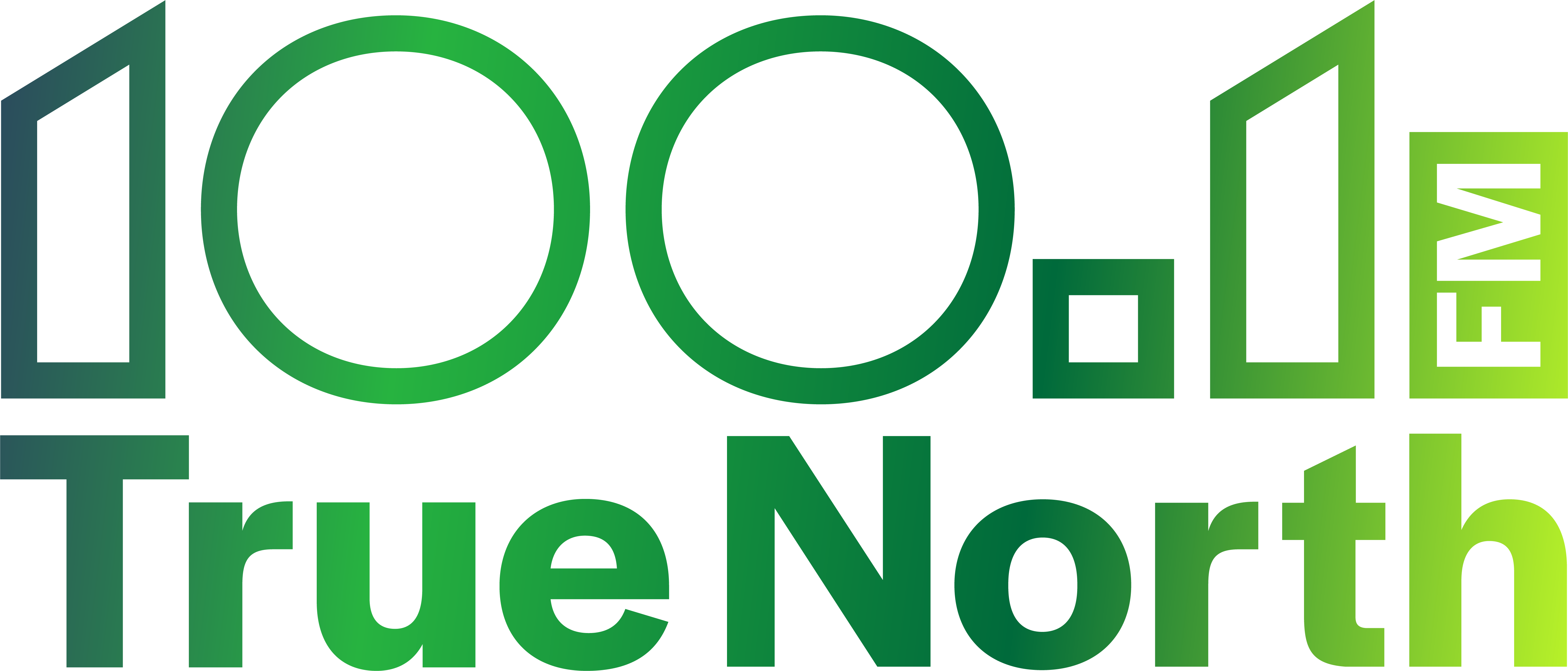
From Tuktoyaktuk to Fort Smith, N.W.T.’s community of voters span an extensive geographic area about twice the size of Texas. If you plan to vote in the federal election, there are a few options on how and where to vote in April.
Diane Benson, who is a media rep with Elections Canada, told True North FM that locations for advance election polling and election day polling should be available within two weeks on the voter Election Canada’s information service page. She confirmed there is also the option for voters to mail in their ballots if they apply by 4 p.m. MT on April 22.
This year voters won’t have to worry about changes in the voter registration processes, said Benson who also confirmed that there remains a single riding in NWT.
She explained that when registered voters get to a polling station, they will have three options to prove their identity and address.
Benson said there are options even if you do not have one of the listed acceptable forms of ID.
Eligible voters can declare their identity and address in writing but will need someone assigned to the same polling station to vouch for them.
“If you have no ID, you can have someone from the same polling station who had ID, vouch for you,” added Benson.
Information on the Elections Canada site says that the person who vouches for you must be able to prove their own identity and address.
Benson explained that there are a few different ways voters can cast their ballot for the upcoming federal election in April.
Voters can head to their assigned polling station on April 28. The stations will be open for 12 hours on election day.
At the last federal election,101 polling stations were open across N.W.T. for election day.
Those registered to vote don’t have to wait to receive their information card in the mail to find out their assigned polling station. Benson said the quickest way to get that information is to go to elections.ca and enter their postal code. She said the locations of polling stations for this federal election should be announced on the Elections Canada Voter Information Service page within about a week or two.
There is also the option to vote on the advance polling days as listed on the Elections Canada website: April 18, April 19, April 20 and April 21. Voters heading to advanced polls will be required to go to their assigned polling station to cast their ballot, explained Benson.
Voters also have the option to cast their ballot early at any Elections Canada office across the country up to April 22 by 4 p.m. MT.
N.W,T.’s main Elections Canada office is at 5019 52nd Street in Yellowknife. More Elections Canada offices are scheduled to open across the country in the coming weeks.

Anyone who wants to find the locations of potential additional Elections Canada offices can visit the Elections Canada voting locations page.
With N.W.T.’s land area (1,127,711.92 km2 ) being twice the size of Texas, making way to a voter station can potentially be a challenge, especially for people located in remote communities.
So another option voters in N.W.T. might opt for is to cast their ballot through mail. Voters opting to mail in their ballots must apply by 4 p.m. MT on April 22. These ballots must be returned to an Elections Canada office (before the polls close on election day) or returned by mail on the deadline written on their voting kit.
Benson confirmed that polling stations that are wheelchair accessible will be available. Benson also confirmed that polling stations will be set up in long-term care facilities for residents of care homes who would like to vote.









